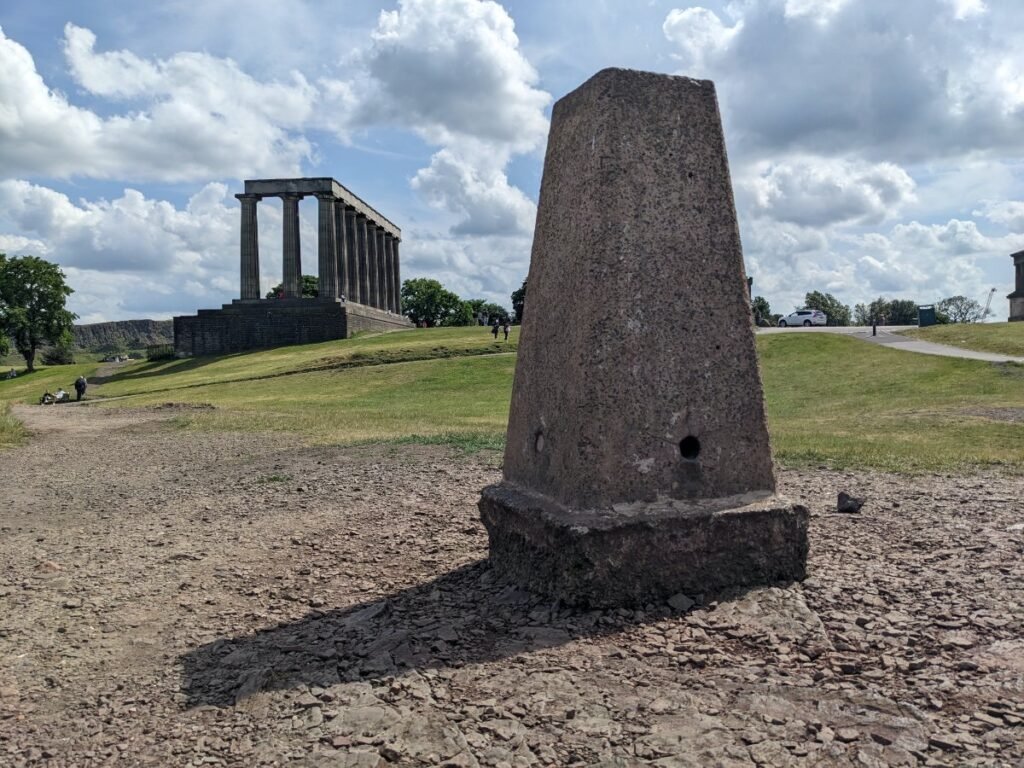1st August 1969
Malcolm MacLeod, head of Ordnance Survey, dies in Edinburgh
Engineer and army officer Malcolm Neyone MacLeod was director general of the Ordnance Survey between 1935 and 1943, leading the map-making organisation through most of the Second World War. He had previously been Director of Military Survey, which perhaps made him the most suitable candidate for the role.
He oversaw the massive task of retriangulating Britain, which involved erecting around 6500 concrete pillars, called trig points, at specified locations throughout the country. As these defined set places, that made it possible to compare how they lined up with each other, to generate the data on which Ordnance Survey could base its next generation of updated maps. Many of those trig points remain in place to this day, and are used not only by map makers, but ramblers and walkers, too.
Ordnance Survey trig points
The pillars were constructed on prominent hilltops throughout the country, and they were used to measure the angles between different points on the Earth’s surface. The measurements were then used to calculate the positions of the pillars, and these positions were used to create a new surveying network.

There’s even a trig point at the summit of Ben Nevis.
The network was necessary because the old surveying network had become inaccurate due to changes in the Earth’s crust. The Principal Triangulation of Great Britain, which had been in use since the 18th century, was becoming increasingly inaccurate due to the effects of plate tectonics. The new network was designed to be more accurate and stable, and it has been used to create all of the Ordnance Survey maps that have been produced since the 1960s.
The project was a major undertaking that employed thousands of surveyors.
Other events that occured in August
FREE Scotland history newsletter
Don't miss our weekly update on Scotland's fascinating history. We promise never to sell your data to anyone else, and there's a super-easy unsubscribe link on the bottom of each email so you can leave whenever you want.
